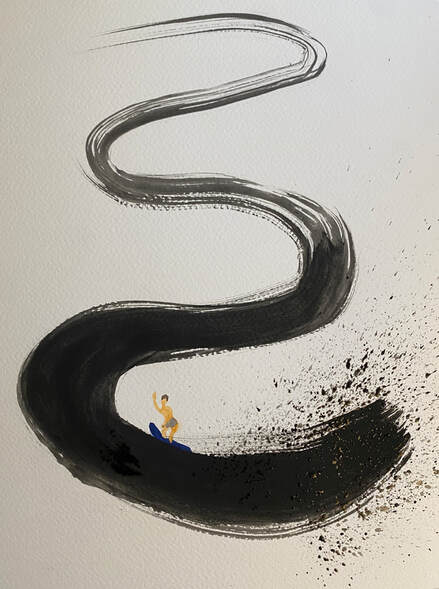|
What is Process-folio? This word is a combination of the words process and folio. This etymology comes from the word portfolio, which refers to a collection of works such as photos and drawings submitted when applying for a job. In other words, it literally means a collection of works that compile processes. In the field of art, process-folio can be seen as a record of artists' growth based on their training process and evidence of growth and development. This refers to a different aspect from previous result-oriented portfolios. In the case of portfolios, it is a result-based evaluation method, so access to the artists' process is impossible. At this time, the process-folio is produced in relation to not only the completed work, but also initial sketches, initial sketches during the production process, criticism from oneself or others about the project in progress, and the project currently in progress. The process-folio also includes artwork by artists you admire or dislike. Therefore, process-folio is based on the artist's qualities as an outstanding inventor or advisor, rather than simply the act of passively transmitting another artist's work. As the name suggests, process-folio is a variation of portfolio. A portfolio is usually a collection of your best work. It usually refers to keeping the work safe in preparation for being selected for a specific program, or receiving an award of some kind. On the other hand, for example, in the case of digital process-folio, it includes the types and management methods of data being collected for production, and detailed problem solving plans for exhibition activities of completed works. The art educational significance of Process-folio can be broadly divided into three categories. First, the process-folio is process-oriented. Art is not a blind creation of objects that will disappear in vain, but a force with sufficient purpose. In the resulting work, the process is more important than anything else in order to express its purpose. Because art classes using process-folio are process-oriented, they can be differentiated from existing universal classes that evaluate only the results of art expressions, and the burden on students is lessened because the processes serve as evaluation criteria. Additionally, you can make students aware of the importance of the process by showing them that there are results in the process rather than what is seen as the result. Second, the process-folio is procedurally cumulative. Because art classes using process-folio are cumulative, students' interests, purpose, sincerity, etc. can be closely checked. Teachers can check their growth process by looking at various materials through various processes collected during class, and students can also evaluate their own growth process through their own process folio. In this respect, an evaluation that matches well with the characteristics of art is possible. Third, Process-folio is a learner-led learning process. Art classes using process-folio include a variety of evidence that shows their growth. In the results students produce, students are once again encouraged to make their own judgments and choices regarding descriptive characteristics, project execution ability, and critical materials on the student's work. I also think about my own work. Reference: Chae Ha-neul ‘Process-Research on the development of a self-understanding expression program using Folio-Focusing on middle school art education About Process-folio
0 Comments
Leave a Reply. |
Myungja Anna KohArtist Categories
All
Archives
July 2024
|
Proudly powered by Weebly


 RSS Feed
RSS Feed